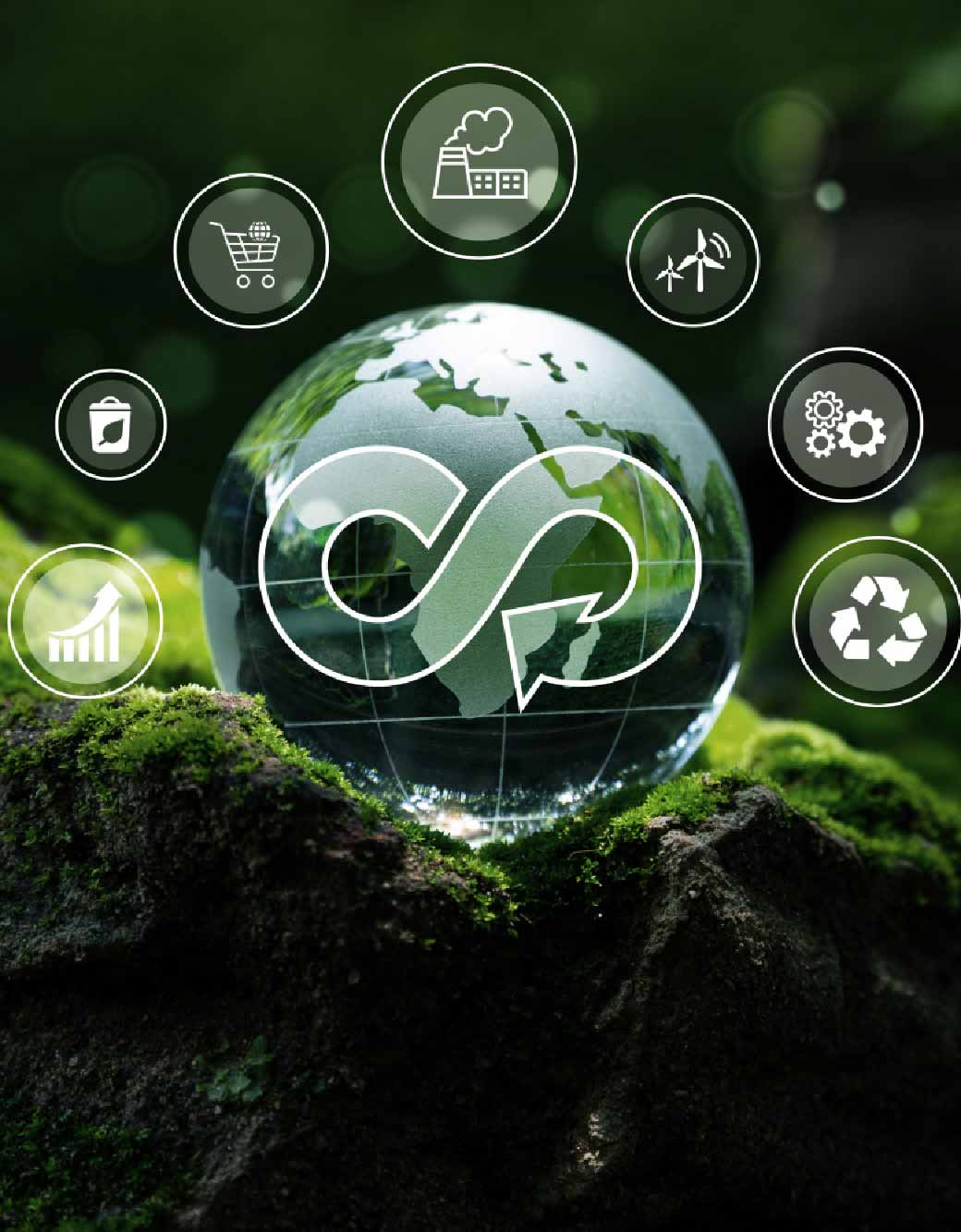
The appreciation of plastic waste as a valuable raw material is closely linked to the goals of the circular economy and the protection of the environment. The full integration of the material into the circular economy system requires action from all parties involved: from manufacturers and suppliers to consumers, waste collectors, sorters and recyclers. Last but not least, the commitment of politicians is required to pass laws that take equal account of ecological, economic and social aspects - without the one-sided focus on supposedly more climate-friendly plastic bans.


Among other things, the EU requires all packaging on the European market to be reusable or recyclable from 2030. The German packaging industry has already made considerable investments in product design and is aiming for a 90% share of recyclable household packaging by 2025. Innovations are also currently being developed in the areas of mobility, electrical appliances and construction in order to make the plastics used accessible for high-quality recycling.
Only products that can be economically recycled using industrial processes can be part of the circular economy. For plastic packaging, three requirements must be met with regard to its recyclability: The existence of suitable recycling facilities alongside appropriate infrastructure for waste management and recycling, the recognizability of the material type of the packaging by means of sensors and the fact that the packaging must not contain any impurities that hinder recycling.


It all starts with product development. When product designers create plastic packaging according to Eco Design, they not only consider factors such as cost-effectiveness, safety and aesthetics, but also their environmental impact: Eco-friendly packaging is packaging that requires few raw materials, is based on sustainable material procurement, contains recyclable material and must be easy to recycle.
Ultimately, the success of recycling also depends on the waste separation of each individual in the household. Europe as a whole and Germany in particular are regarded as leaders in waste separation. Around two thirds of Germans state that they separate their waste correctly. In addition to plastic packaging, packaging made of tinplate, aluminium and composite materials (beverage cartons) belong in the yellow bag or yellow garbage can. It is important that the packaging is emptied completely to enable clean separation of the materials in the sorting process. It is not necessary to rinse the packaging as industrial cleaning takes place. The Items made of plastic or metal that are not considered packaging, such as children's toys or toothbrushes, belong in the residual waste garbage can or at the recycling center.
